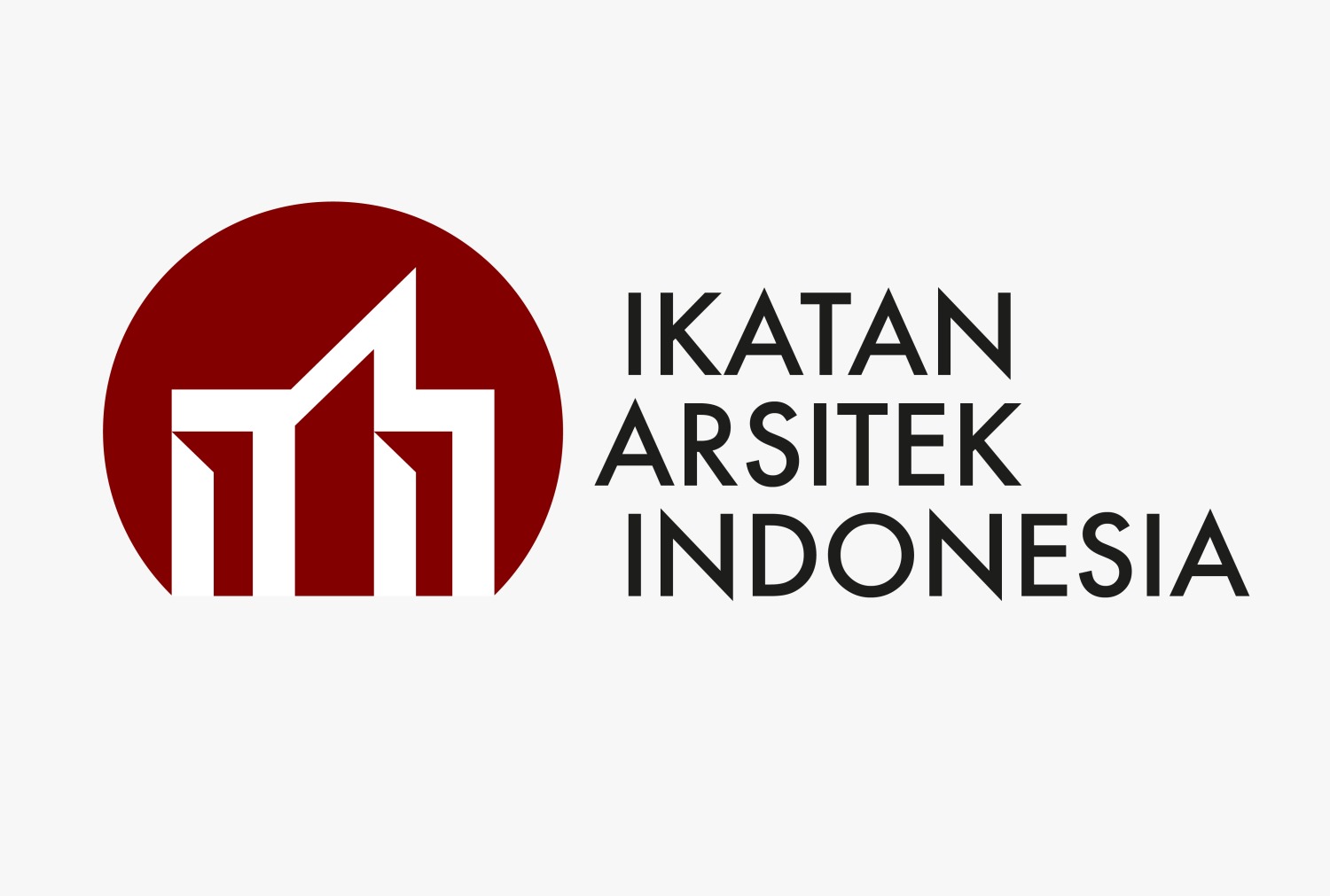Ethnomathematics in The Gayo Traditional House (Case Study of Umah Kantur, Kung Village, Pegasing District, Aceh Tengah)
DOI:
https://doi.org/10.31101/juara.v7i1.3166Keywords:
Gayo traditional house, umah kantur, typology, geometry, ethnomathematicsAbstract
Downloads
References
Adeokun, Cynthia. 2013. “THE OROWA HOUSE: A TYPOLOGY OF TRADITIONAL YORUBA ARCHITECTURE IN ILE-IFE, NIGERIA.†In .
Arfiansyah. 2020. “Islam Dan Budaya Masyarakat Gayo, Provinsi Aceh: Kajian Sejarah Dan Sosial.†Jurnal Sosiologi Agama Indonesia (JSAI) 1 (1): 1–31. https://doi.org/10.22373/jsai.v1i1.482.
Beruh, M. I. R. 2018. “Identifikasi Elemen Bentuk Dan Ruang Pada Rumah Tradisional Gayo (Studi Kasus: Umah Pitu Ruang Reje Baluntara Toweren Uken).â€
Bowen, J.R. 1984. The History and Structure of Gayo Society: Variation and Change in the Highlands of Aceh. University of Chicago, Department of Anthropology. https://books.google.co.id/books?id=2YmlQgAACAAJ.
Budihardjo, Eko. 1997. Arsitektur, pembangunan dan konservasi. Jakarta: Djambatan.
Elbert, Samuel H. 1965. : “: The Lexicostatistical Classification of the Austronesian Languages . Isidore Dyen.†American Anthropologist 67 (1): 153–54. https://doi.org/10.1525/aa.1965.67.1.02a00470.
Faisal, Gun, and Muhammad Sani Roychansyah. 2014. “TIPOLOGI PINTU RUMAH TRADISIONAL DUSUN PUCUNG, SITUS MANUSIA PURBA SANGIRAN.†LANGKAU BETANG: JURNAL ARSITEKTUR 1 (2). https://doi.org/10.26418/lantang.v1i2.18801.
Ibrahim, M. 2001. Mujahid Dataran Tinggi Gayo. Yayasan Maqamammahmuda. https://books.google.co.id/books?id=y9NHGwAACAAJ.
Ifani, Sylviana Mirahayu. 2015. “Kajian Arsitektur Tradisional sebagai Acuan Desain Rumah Tinggal Kontemporer (Studi Kasus: Arsitektur Vernakular Gayo Lut di Kota Takéngën).†Universitas Sumatera Utara. https://repositori.usu.ac.id/handle/123456789/40829.
Lang, Jon T. 2017. Urban Design: A Typology of Procedures and Products: Illustrated with over 50 Case Studies. Second edition. New York: Routledge.
Pinan, A. R. H. A. 1998. Hakikat Nilai-Nilai Budaya Gayo (Aceh Tengah). Banda Aceh: CV. Rina Utama.
Putra, Ryopanintama Yuniar, Davet Nur Alviyan, Tri Astuti Arigiyati, and Krida Singgih Kuncoro. 2021. “Etnomatematika Pada Bangunan Umbul Binangun Taman Sari Dalam Aktivitas Pembelajaran Matematika.†Ethnomathematics Journal 2 (1): 21–30. https://doi.org/10.21831/ej.v2i1.36081.
Ramadan, Sachrul, Muhammad Zakaria Umar, and Ishak Kadir. 2021. “Tipologi Rumah Tradisional Tolaki Komali Di Desa Wolasi Kecamatan Wolasi Kabupaten Konawe Selatan Provinsi Sulawesi Tenggara.†Jurnal Permukiman 16 (1): 21. https://doi.org/10.31815/jp.2021.16.21-30.
Sahputra, Zulhadi, and Muhammad Heru Arie Edytia. 2021. “A COMPARISON STUDY ON ORNAMENT OF RUMOH ACEH IN ACEH BESAR AND UMAH PITU RUANG IN ACEH TENGAH.†Malaysian Journal of Sustainable Environment 8 (1): 1. https://doi.org/10.24191/myse.v8i1.12655.
Salwin, Salwin, and Hendra A. 2019. “TIPOLOGI ARSITEKTUR TRADISIONAL GAYO.†Jurnal Arsitekno 1 (1): 14. https://doi.org/10.29103/arj.v1i1.1214.
Saputra, Eri, Rinaldi Mirsa, Puji Dama Yanti, Wulandari Wulandari, and Asmaul Husna. 2022. “EKSPLORASI ETNOMATEMATIKA PADA ARSITEKTUR RUMOH ACEH.†AKSIOMA: Jurnal Program Studi Pendidikan Matematika 11 (1): 703. https://doi.org/10.24127/ajpm.v11i1.4751.
Schefold, Reimar, P. Nas, and Gaudenz Domenig, eds. 2004. Indonesian Houses. Leiden Series on Indonesian Architecture. Singapore: Singapore University Press.
Trancik, Roger. 1986. Finding Lost Space: Theories of Urban Design. New York: J. Wiley.
Yuningsih, Nining, Indah Nursuprianah, and Budi Manfaat. 2021. “Eksplorasi Etnomatematika Pada Rancang Bangun Rumah Adat Lengkong.†Jurnal Riset Pendidikan Matematika Jakarta 3 (1): 1–13. https://doi.org/10.21009/jrpmj.v3i1.19517.
Downloads
Published
How to Cite
Issue
Section
Citation Check
License
With the receipt of the article by the JUARA and the decision to be published, then the copyright regarding the article will be diverted to Journal of JUARA. Universitas 'Aisyiyah Yogyakarta as the publisher of Journal of JUARA hold the copyright regarding all the published articles in this journal.
Journal of Health Studies is licensed under a Creative Commons Attribution-ShareAlike 4.0 International License.




